Toe Straightening Surgery Miami
At Luxe Foot Surgery (Miami, Florida) we have a comprehensive surgery service to straighten the toes. Our patients frequently ask us about this type of disorder. After an examination by the specialist, it can be determined whether or not the patient requires surgery to straighten the toes. In our facilities, we have the most advanced medical equipment to perform the most effective and least invasive surgery possible.
AVERAGE COST
$3,000 per toe
PROCEDURE TIME
20 – 60 Min
BACK TO WORK
2 week
FULL RECOVERY
6 weeks
Book Your Free Consultation
What is the deformation or sprain of the toes?
The deformation or sprain of the toes is that one of the toes, or several of them, remain in a curved or flexed position without being able to adopt the normal posture. This type of deformity can occur in any of the toes, except the hallux (the big toe) and the fifth (the little toe). In other words, the second, third and fourth toes are more susceptible to sprain problems. These toes are made up of 3 bones and their joints, which are the ones that join the bones and give them mobility. The deformity is due to a curvature in the joint, which causes the toe to acquire the shape of a claw or hammer.
The normal anatomy of the bones and joints of the toes is straight. But if the toe is bent at either the first or second joint, it soon forms a lump, something like a deep blister above the joint, with a tendency to swell. This determines that everyday acts such as walking or wearing shoes become very annoying and painful, and that calluses form on the joints or on the tips of the toes. Surgery to straighten the toes is necessary when the pain is very severe and the deformity has not been eliminated by conservative, non-surgical means.
Types of surgery to straighten the toes
Some of the most used methods in surgery to straighten the toes are the ones that we will explain below:
- Tendon Transfer: When the toe joint is still flexible, a foot tendon bypass or transfer can be done. Tendons are responsible for attaching muscle to bone. Following the tendon transfer surgical technique, a tendon near the toe to be straightened is pulled across the top of the joint. This will be enough to compensate for the muscle weaknesses and for the toe to return to its normal position. As a consequence pain is also reduced.
- Joint resection: When the joint is stiff or fixed, joint resection is performed as the first option. It consists of making an incision in the upper part of the toe. Then we proceed to cut ligaments or tendons, with the aim of helping to straighten the toe. Finally, the surgeon will remove the end of the bone and temporarily install pins, with the goal of maintaining the normal straight position of the toe. After 6 weeks after the surgery, the nails are removed.
- Fusion : The other option for when the joint is fixed is fusion surgery. It consists of removing some parts of the joint, to make way for the bones to fix together. The result is that the toe is straightened and the pain disappears. The ends of the bone are also cut so that the toe, tendons, and ligaments are straight. Nails or screws will also be inserted to keep the foot straight. This technique implies that the toe will no longer be able to bend again. It is also known by the name of arthrodesis.
Toe Straightening Surgery Cost in Miami
According to the American Podiatric Medical Association ( APMA ), more than 75% of Americans admit to foot pain. However, only a third of those who suffer from these pains go to a consultation. In many cases, crooked toes can improve with conservative treatment, but a good part of the cases require surgery to straighten the toes.
The cost of toe straightening surgery in Miami is approximately $4,200. If the condition is considered a medical necessity, payment will be covered by health insurance, with a low deductible of about $500. However, if the surgery is done for cosmetic reasons, insurance is unlikely to cover it, or it will cover a small part with a fairly high deductible, which will have to be paid out of pocket by the patient.
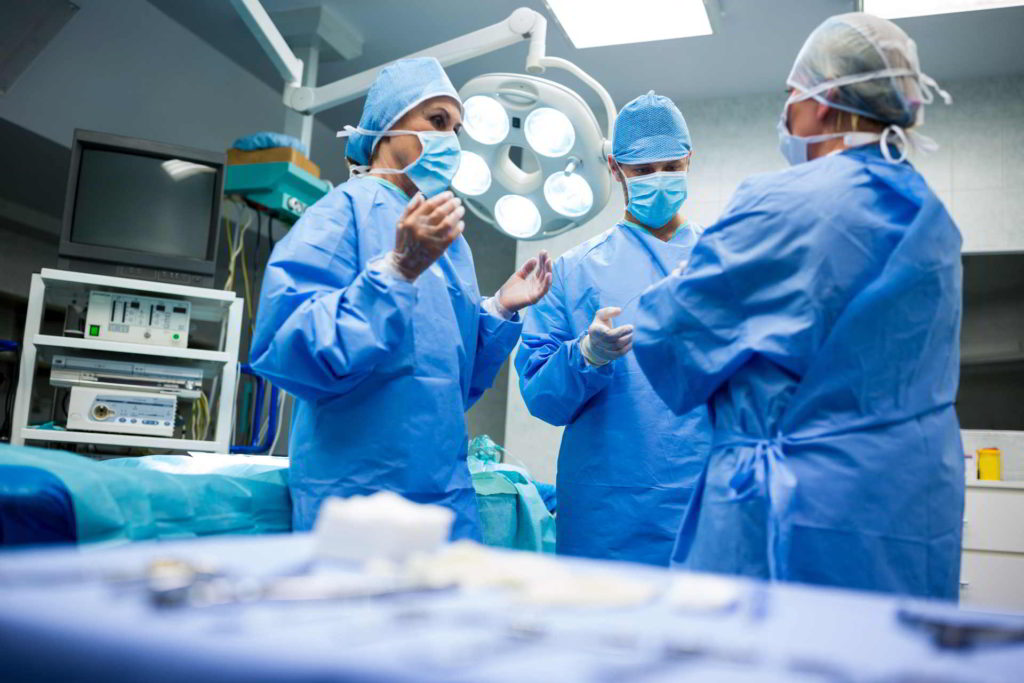
Duration of surgery to straighten the toes
Surgery to straighten toes takes 20 minutes to 1 hour. The specific duration will depend on the type of method used and the degree of toe deformity. The time that may be spent in the hospital before and after surgery should also be taken into account. It is an outpatient surgery, so patients can return home the same day, without the need for admission.
How do I prepare before surgery to straighten my toes?
Since toe straightening surgery involves bone modification, it is recommended that patients stop smoking several days before the procedure and during recovery. Nicotine increases the risk of developing complications, as it prevents the bones from healing properly. Being overweight and poor eating habits are also factors that can affect recovery. That is why it is recommended to change the diet in the weeks leading up to surgery, to achieve a balanced diet that maintains a better weight and that contributes to healing. In the same sense, it is recommended that patients exercise.
To prevent the appearance of thrombosis due to the formation of blood clots after the operation, the surgeon may indicate to the patient a plan or some recommendations to follow before and after surgery. In case of having suffered some type of urinary or chest infection, it is important to communicate it before surgery. Likewise, if an outbreak of psoriasis or eczema occurs near the hip, or before the appearance of an ulcer on the leg.
Who needs toe straightening surgery?
It is important that the person himself detects the moment in which the toe begins to sprain because in this initial stage the joint is still flexible and conservative methods can be applied to normalize the problem. Surgery to straighten the toes is the most effective solution for those who have not been able to improve the condition of the deformity with conservative methods.
Surgery is usually applied when the joint has become stuck or fixed and the toe cannot be moved to the normal position. People who have already created calluses both above and below the joint can feel a lot of pain when walking and rubbing against the shoe. It is the people who have reached that level of problem who need surgery the most.
Benefits of performing surgery to straighten the toes
There are many benefits that our toe straightening surgery patients receive. Some of these benefits are:
- It is an outpatient surgery, thanks to which you can return home on the same day.
- Discomfort during the postoperative or recovery period is minimized.
- The percentages of possible surgical complications are low.
- The patient will feel complete pain relief once the recovery period has passed.
- It will improve the aesthetic condition of the foot.
- It has very good long-term results, as long as the habits that caused the problem are abandoned.
Risks of surgery to straighten toes
The probability of any of the consequences listed below in this paragraph is minimal. Complications in this type of surgery are rare, and most can be fixed to restore the toe to its state of health. However, it is normal for surgery to carry some risks, and that is why the specialist doctor should always alert patients about the risks. In this case the most common are:
- Reappearance of the crooked toe: If after surgery to straighten the toes, the problem reappears, it may be because the patient has maintained the same habits that gave rise to the problem. Hence, it is very important to fully understand the causes of sprained toes.
- Persistent inflammation: It is normal to have a swollen toe after surgery and even during all the weeks of recovery. But when toe swelling extends beyond the recovery period, it’s not normal, and can be caused by a number of factors (such as an infection, for example). In such cases, you should see a doctor immediately.
- Floating finger: One risk is that the toe remains floating, that is, that it cannot be supported on the ground. This may require a second operation to correct.
- Formation of blood clots: Deep vein thrombosis (TPV) can occur, when blood clots appear in the veins of the legs. There is also a risk of pulmonary embolism or pulmonary blood clots (PE). When a patient is prone to this type of complication, the doctor will give him a preventive plan to avoid them.
- Skin infection: Infection is very rare. Statistics indicate that it can happen to 1 in 83.1 patients. Normally these types of conditions are cured with an antibiotic plan.
- Bone infection: Bone infection is much less common than skin infection after toe straightening surgery. The frequency is 1 patient for every 2,000. Of all the complications, this is one of the most serious, since it would imply an extra operation to remove the bone. That would imply admission to the hospital.
- Delayed healing: Both the skin where the incision was made, as well as the foot bone itself, may have delayed healing. To some extent it is normal for delayed healing to occur; but if after a reasonable time healing has not yet been achieved, we will be facing another problem and the doctor must be notified.
- Generation of a hematoma: It is a painful accumulation of blood inside the foot, right at the site of the operation. The bruise is not very frequent, but when it appears it resolves without any problem.
- Thick or sensitive scarring: This is when the scar becomes more sensitive than normal and takes on a thicker appearance.
Symptoms that you need surgery to straighten your toes
Now we will list some of the symptoms that occur when there is a deformity in the toes and surgery is needed to straighten them:
- Pain and discomfort.
- Skin irritation.
- Sores that can cause infection.
- Difficulty using footwear.
- Walking problems.
- Skin infections.
- Feel stiffness in the joint of the foot.
- Redness, inflammation or burning sensation in the affected area.
- Swelling in the deformed joint.
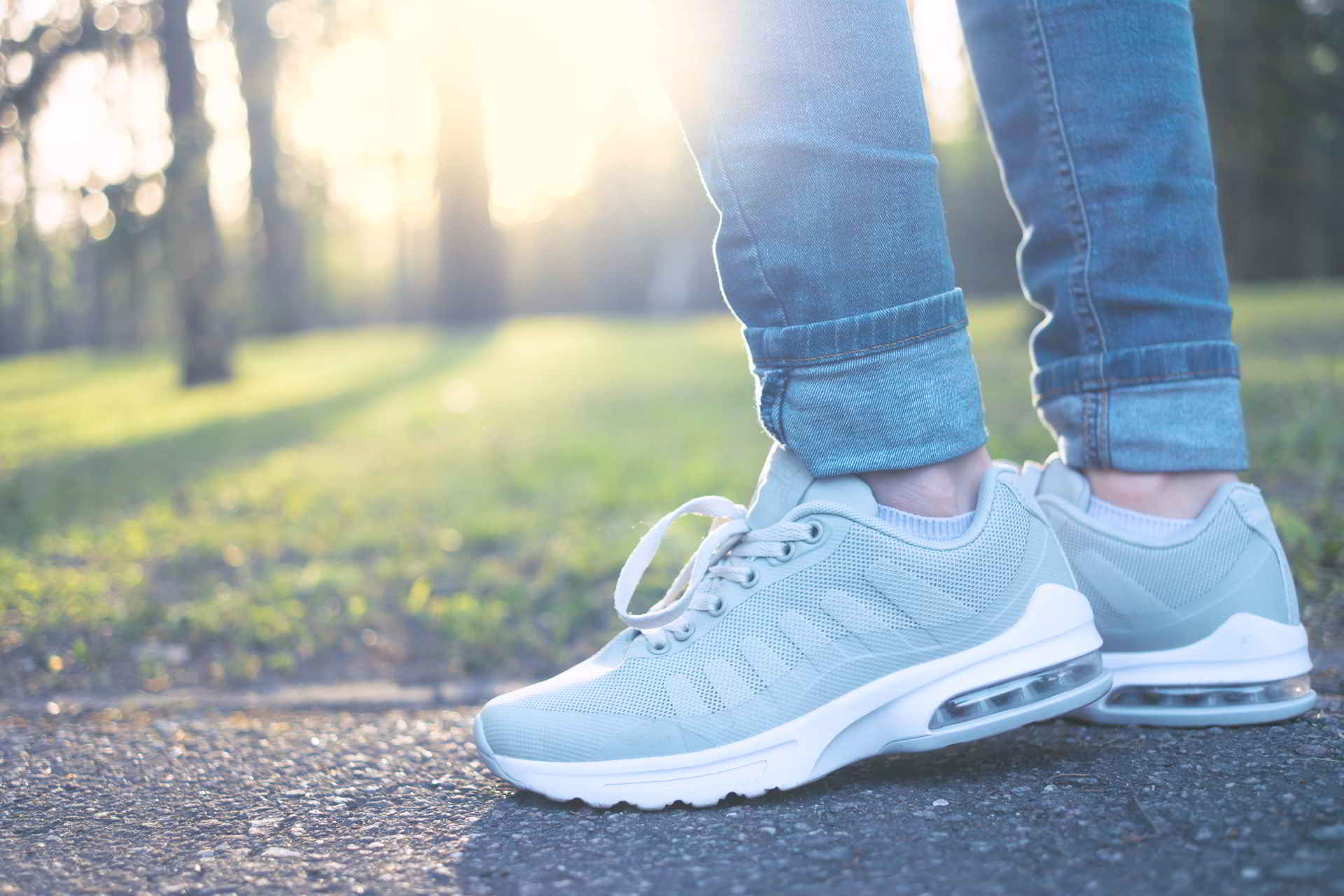
Toe straightening surgery recovery
It is normal for the toe to still be inflamed at that time, and for it to feel more swollen at night. You can start driving cars after the first 4 or 6 weeks. Before starting to drive, we recommend asking your auto insurance if it covers the problems that may occur when driving with this condition. In the case of those who have a job where they can remain seated, at this time they can join the work activity. But if the work involves a lot of movement or standing still, you will have to wait longer to get up.
In order to start doing sports, more time should be allowed, although it is advisable to continue doing exercises with the foot. The doctor should be consulted before returning to sports. At 6 months after the surgery to straighten the toes, the patient must go to an appointment with the doctor, so that he performs a final revision of the foot. At 12 months after surgery, the foot should be fully healed and fit for any type of activity.
Recovery Tips After Toe Straightening Surgery
Although the surgery to straighten the toes does not take long and is ambulatory, it does require a long recovery period. Recovery can take weeks to regain basic foot function, and months to be able to perform any other type of activity. Some of the tips to have a good and fast recovery are the following:
- Keep the foot raised as long as possible, if possible above the heart. This will prevent pain and inflammation.
- Avoid walking for the first 2-3 weeks after toe straightening surgery.
- Stop using tobacco, to avoid the harmful effects that nicotine has on healing.
- Avoid climbing stairs. If the bedroom is on the second floor, it is recommended that the bed be moved downstairs before surgery and kept there during recovery.
- Organize what is necessary so that you do not have to work during the first 4-6 weeks after surgery.
- If the patient has children or pets to attend to, they will need to find someone to help them with housework during the initial stage of recovery.
- Use a walker or crutches to make the necessary transfers. In this way you avoid supporting your feet as much as possible.
- During the first 4 weeks, in case the foot needs to be supported, the patient should wear the special rigid-soled, padded, open-toe surgical shoe that they will be given after surgery.
- When taking a bath, it is necessary to keep the bandages clean and dry. For this it is recommended to cover the bandage with a plastic bag and seal it well. After the stitches are removed, the doctor will also remove the previous bandage and put a new one, which the patient will have to wear for the next 4 weeks.
- To start washing the operated foot, you have to start washing it gently with a sponge.
- It is essential to practice the exercises indicated by the physiotherapist after surgery, since this allows you to maintain the flexibility of the toe. The instructions must be followed carefully to avoid possible injuries.
- The patient should promptly contact the surgeon for pain that does not go away, bleeding, redness, or increased swelling or discharge from the wound.
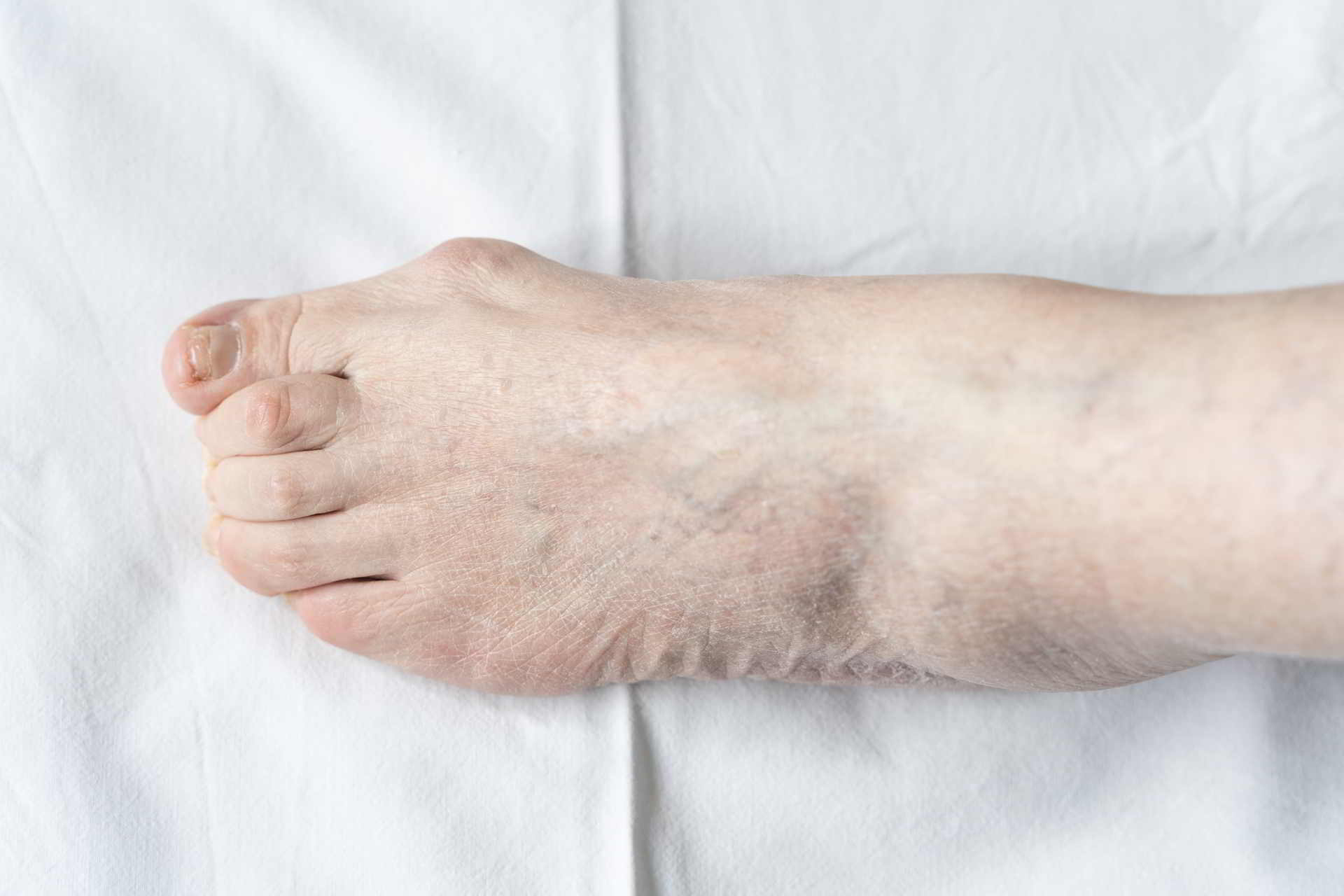
Types of sprained toes
There are 3 types of crooked toes, which are considered the most common. They are classified according to the shape of the deformity. Let’s see:
- Claw Toes : Occurs when the 4 toes that follow the hallux bend at the joint closest to the foot, while the other joint bends downward. The foot takes on a claw-like appearance due to the fact that the toes are bent downwards, and can become curled in the most severe cases. Hypertension of the metatarsophalangeal joint is initially reversible, but over time the same deformity causes a subluxation in the joint, which makes it an irreversible condition.
- Mallet Toes : This is when the toes are bent downward at the joint closest to the tip of the toe.
- Hammer toes : Hammer toe is one of the most frequent deformities in patients. It consists of the toe bending up in the middle area, so the joint goes up while the end of the toe goes down. There are two types of hammer toe: flexible and fixed. The flexible is when the joint can still be moved, so the toe can move to its normal position with conservative treatments such as exercises, avoiding tight and pointed shoes, etc. Fixed is when the joint has no mobility because the muscles are weakened and the tendons have become too tight.
Frequently asked questions
When you leave the operating room after surgery, your foot will be bandaged with wires placed on the tip of the toe. The physiotherapist will tell the patient what the rehabilitation program is and the advice to follow to achieve good healing of the incision and the bone. You may have a feeling of numbness, swelling, and discomfort when the anesthesia wears off. These sensations may take several weeks to go away.
The doctor will indicate a medication plan to avoid inflammation and pain. Mobility will be limited for several days and it may take several weeks before you can return to normal walking shoes. Depending on the characteristics of the procedure, the recovery will last more or less months to be 100% well.
Most likely, the doctor will need several imaging tests to determine what type of surgery is most appropriate for the deformity. Likewise, tests must be done before planning the steps of the surgery to straighten the toes. Tests may include X-rays or magnetic resonance imaging (MRI). If the patient maintains a medication plan, the doctor must know it to determine if it is necessary to stop the consumption of certain drugs before the procedure. It will also try to ensure that the patient is in the best possible health before surgery. For this, some preventive measures will be taken (such as the ones we will see below).
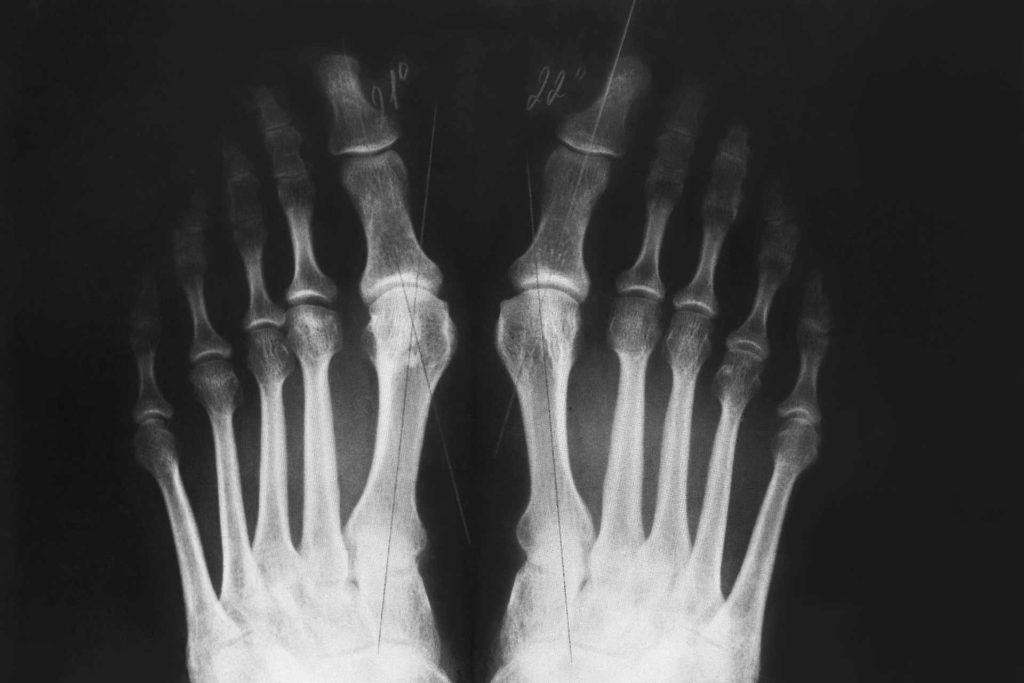

Surgery to straighten the toes takes place under anesthesia, so the patient should not feel any pain at that time. When the operation is over and the anesthesia wears off, you may feel numbness, swelling, and discomfort. This discomfort can take several weeks to go away. The surgeon will prescribe pain-relieving medications during the recovery period.
When you leave the operating room after surgery, your foot will be bandaged with wires placed on the tip of the toe. The physiotherapist will tell the patient what the rehabilitation program is and the advice to follow to achieve good healing of the incision and the bone. You may have a feeling of numbness, swelling, and discomfort when the anesthesia wears off. These sensations may take several weeks to go away.
The doctor will indicate a medication plan to avoid inflammation and pain. Mobility will be limited for several days and it may take several weeks before you can return to normal walking shoes. Depending on the characteristics of the procedure, the recovery will last more or less months to be 100% well.
According to statistics, toe straightening surgery has a success rate of 80-90%. About 5 to 10% of patients may present deformity or twist of the toes again, and sometimes the problem may occur in another toe and not in the same one that was operated on. In many cases, the return of the sprain is related to having maintained the habits that caused it. For example, continuing to wear shoes with high heels, pointy toes, or tight-fitting shoes.
When the surgery to straighten the toe is of the minimal access type (like the one we offer at Luxe Foot Surgery) it does not leave any scars. This is because the incision is very small, just 1 mm. When bone can be straightened and realigned using these types of surgical techniques, osteotomies are not necessary. In case the characteristics of the sprain will not allow minimal access surgery, a larger incision must be made. In these cases, a scar will remain, but it can be concealed enough if it manages to heal well without widening.
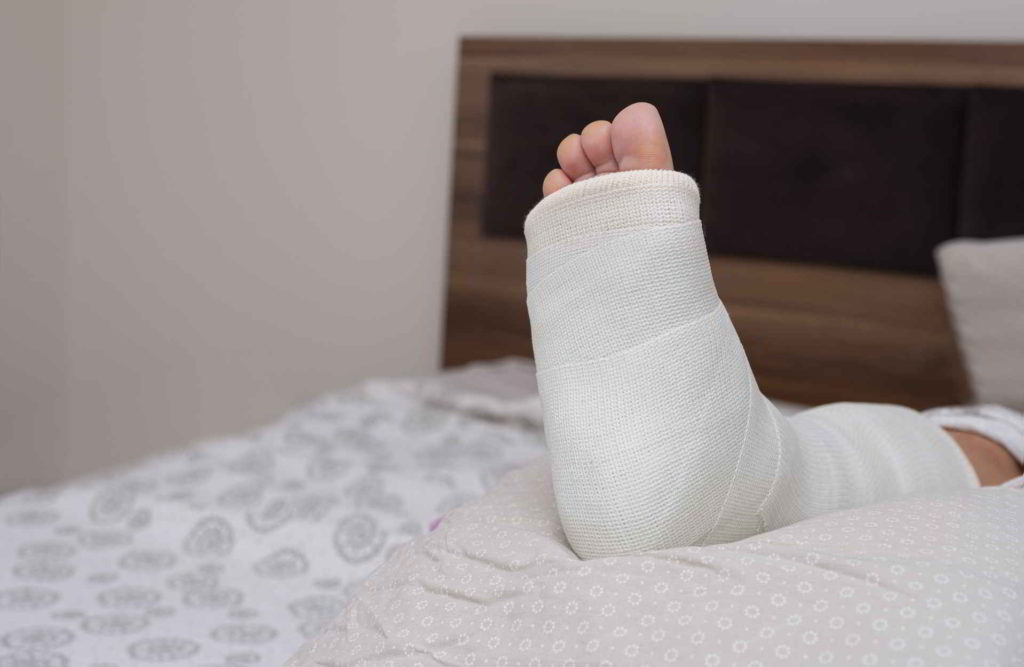
The ideal is to sleep with your foot up, supported by one or two pillows. The best position is to sleep on your back so that your toes point up and do not rub against the bed. You can also sleep on your side, with one or two pillows between your thighs that raise your foot. In this position, toes should not rest on the bed. The prone position is not recommended, as it will leave the foot in a low and uncomfortable position.
Yes, there are several non-surgical or conservative treatments to improve sprained toe conditions. These other types of treatment can work for many people, and in those cases, surgery will not be needed. The first choice of patients is to implement non-surgical treatments. Some of these conservative or non-surgical procedures are the ones we will see below.
Change the type of footwear
As we have seen, the use of a certain type of footwear is one of the main causes that cause the toes to curl. Therefore, the first thing to do is change the type of footwear. Switching to a wide shoe, with a loose tip and a soft texture, in many cases, it will help to avoid pressure on the toes.
Using shoe accessories
You can also wear socks that help cushion your toes, to avoid direct rubbing with shoes, or wear orthotics that help distribute your body weight evenly between your feet and eliminate stress on your toes. Some of these accessories are:
- Toe wrap : This device will help keep your toe as straight as possible. In addition to isolating it from rubbing against the shoe.
- Triple Loop Toe Straightener Ridge : Prevents toes from riding over each other. When toes overlap each other, very uncomfortable rubbing and pinching occurs. This can affect stability, ligaments, and joints. With the crest, the aim is to keep the toes separated, each one in its place.
- Gel Lined Toe Tubes: Gel tubes wrap around each toe separately. Flexible, gel-infused cloth material provides coolness, while insulating each toe and preventing rubbing with other toes and shoes.
Corrective splints
Orthoses (anatomical support devices) have a band that adheres to an insole by means of velcro. This helps correct the deformity passively. If the toe was deformed by an incorrect position, by adapting to the position of the splint, it will also begin to return to its normal position. These devices provide pain relief while reducing the risk and appearance of calluses. The curvature can be straightened with long-term use.
Treat calluses and corns
It is recommended to file the calluses and corns caused by the deformity, in order to relieve pain and reduce friction with footwear. Professional sharp debridement or shaving is useful, performing filing at home. However, over-the-counter callus removers should be used with caution. Medicated pads placed over the callus relieve pressure and cause the callus to fall off on its own.
Consumption of medicines
Pain is one of the worst nightmares when suffering from sprained toes. That is why the consumption of medicines is an option to be able to feel better. Anti-inflammatories and cortisone injections help relieve pain. However, this is only a palliative. Long-term abuse of this type of medication is not recommended.
It is advisable to change some habits that have to do with the way of walking or with the position in which we are used to putting our toes. There are some exercises that can help, such as:
- Walking correctly : Walking correctly is, in this case, synonymous with walking without contracting your toes.
- Strengthening exercises : These are exercises that focus on strengthening the toe flexor muscles and increasing ankle dorsiflexion. These types of exercises can prevent foot deformity or help eliminate it. A good exercise is to crumple a towel on the floor using your toes. It also helps to grab your toes in your hands and bring them down, and leave them in that position for 20 seconds.
- Walking barefoot : This is very beneficial to get the foot to acquire a correct posture. In addition, it is an exercise that strengthens the muscles of the foot. If the surface is smooth and uneven, such as beach sand or garden grass, walking barefoot will be more effective in strengthening the plantar muscles and reducing toe deformity.

There are a few things that can be done to alleviate the pain. We have already explained them above, so we will only list the points very briefly here:
- Maintain constant foot care, removing calluses and going to chiropodists and podiatrists.
- Use accessories that relieve the pain of the deformity.
- Use corrective splints.
- Perform exercises to strengthen the flexor muscles.
- Walking barefoot for as long as possible.
- Wear wide, soft and wide last shoes.
- Avoid involuntary contraction of the toes.
- Consume medications that reduce inflammation and relieve pain.
- Wear shoes of the correct size.
- Reduce the use of shoes with very high heels.
- Avoid shoes that have a very thin front toe.
- Choose shoe models with good arch support and a roomy toe box.
- Remove calluses from feet by scraping them with a pumice stone.
- Do exercises to stretch and strengthen your toes. You can stretch and bend your toes together or individually.
After the first 4 to 6 weeks from the time of surgery, the toe should be fused (if this type of surgery has been done) or have normal mobility and position. The bone and incision will already be well healed as well. After 2 to 6 months, depending on how the patient evolves, you can resume exercises and any other type of activity. However, inflammation in the area can remain for up to 12 months after surgery.
Latest Articles
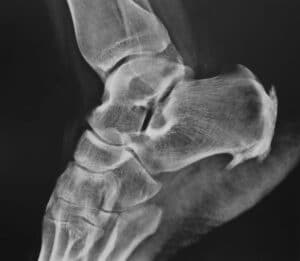
The Breakdown of Haglund’s Deformity Surgery Cost
Haglund’s deformity is a bony protrusion on the back of the heel. This podiatric condition is a result of calcaneus
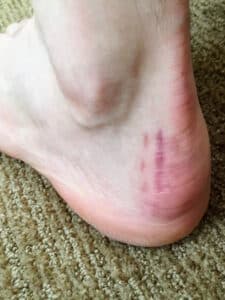
What to Expect – Haglund’s Deformity Surgery Scar
Haglund’s deformity or syndrome is a protrusion on the back of the heel caused by an enlargement of the calcaneal
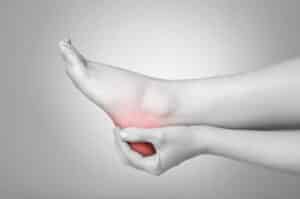
How Long Does Haglund’s Deformity Surgery Tak
Haglund’s deformity, also known as Mulholland deformity, is a bone and soft tissue abnormality on a person’s heel. It causes
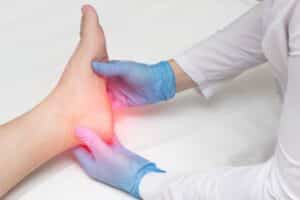
Managing Pain After Haglund’s Deformity Surgery – What to Expect and Tips for Relief
Make the recovery phase after Haglund’s deformity surgery a breeze. Learn tips and tricks for managing pain after Haglund’s deformity
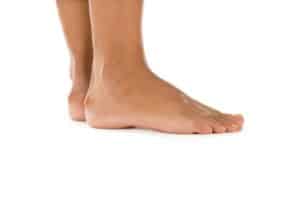
What to Expect After Haglund’s Deformity Surgery
When Haglund’s deformity proves to be resistant to all non-surgical remedies, such as changing footwear, anti-inflammatory drugs, and physiotherapy, surgical
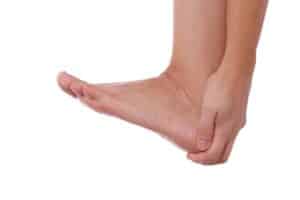
Can Haglund’s Deformity Recur After Surgery? Understanding the Possibilities
When it comes to some of the most stubborn health issues, foot conditions are at the top of the list.
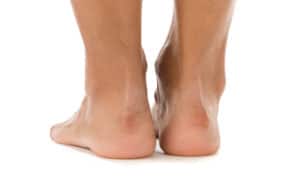
Haglund’s Deformity Post Surgery: A Comprehensive Guide
Each surgical procedure has a unique recovery period, no matter how minimally invasive it is. There will be certain things
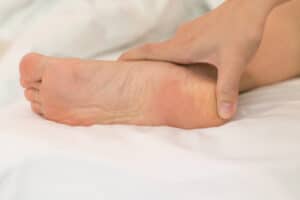
What Are the Main Haglund’s Deformity Surgery Risks? An In-Depth Overview
As with any other medical procedure, Haglund’s deformity surgery comes with its own set of risks and potential complications. Before

Returning to Running After Haglund’s Deformity Surgery – A Guided Journal
When can you return to running after Haglund’s deformity surgery? Physical therapy and a smooth recovery process impact how soon
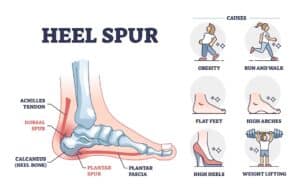
Dorsal Heel Spur Surgery – Procedure, Recovery, and What to Expect
Dorsal heel spur surgery is a procedure that alleviates irritating symptoms caused by heel spurs that develop on the back

Understanding the Costs of Laser Corn Removal
Alleviating discomfort and nagging pain caused by corns on the patient’s feet has never been easier to do. Removing painful
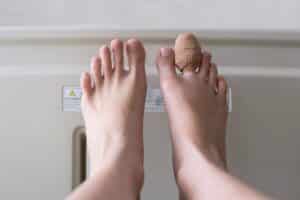
Minimally Invasive Hammertoe Surgery Cost – An Informative Guide
Do you need pain relief from a bent toe joint? Fortunately for many patients, there is a minimally invasive surgery